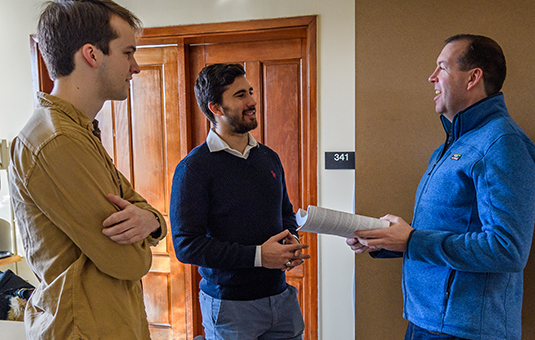Computer Science
Camera mouse: Dwell vs. computer vision-based intentional click activation
Document Type
Conference Paper
Abstract
People with severe motion impairments may face challenges using assistive interface devices for common point-and-click tasks. A motion tracking interface, the Camera Mouse, allows users to control a mouse pointer with their head and click by dwelling the pointer over a target. Previous studies evaluated the use of an attached sensor (ClickerAID) as an alternative to the dwell-time clicking. However, the sensor’s proprietary hardware is a barrier to adaptation. Here, we present a computer-vision based alternative that can be used to actuate mouse clicks. We conducted a preliminary evaluation of our interface and compare to previous results. Although quantitative evaluation did not achieve the same speed and acuracy as the other measures, the noncontact approach to intentional click activation demonstrates benefits compared to the other techniques.
Publication Title
Lecture Notes in Computer Science (including subseries Lecture Notes in Artificial Intelligence and Lecture Notes in Bioinformatics)
Publication Date
2017
Volume
10278 LNCS
First Page
455
Last Page
464
ISSN
0302-9743
ISBN
9783319587028
DOI
10.1007/978-3-319-58703-5_34
Keywords
camera mouse, dwelling, intentional muscle contractions, mouse-replacement interfaces
Repository Citation
Zuniga, Rafael and Magee, John, "Camera mouse: Dwell vs. computer vision-based intentional click activation" (2017). Computer Science. 26.
https://commons.clarku.edu/faculty_computer_sciences/26
APA Citation
Zuniga, R., & Magee, J. (2017). Camera Mouse: dwell vs. computer vision-based intentional click activation. In Universal Access in Human–Computer Interaction. Designing Novel Interactions: 11th International Conference, UAHCI 2017, Held as Part of HCI International 2017, Vancouver, BC, Canada, July 9–14, 2017, Proceedings, Part II 11 (pp. 455-464). Springer International Publishing.



